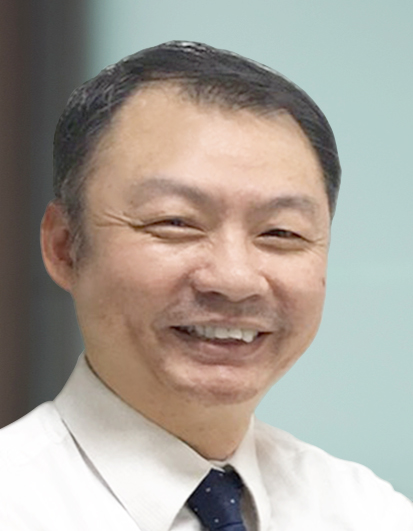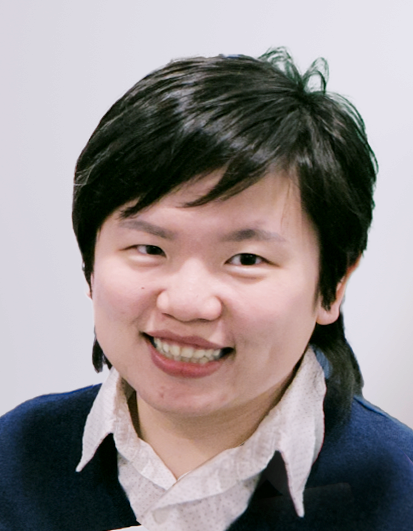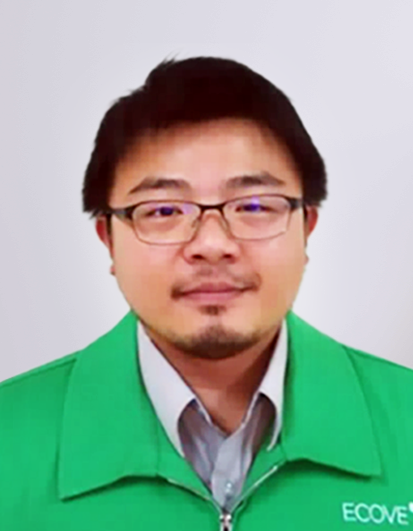Key Technology
關鍵技術
“Hybrid Solar System” Enhances Stable Power Supply
Thanks to the significant growth of green power worldwide, there is now a global trend in terms of energy use to combine energy storage with green power to create resilient grids. As Taiwan’s most reliable practitioner in sustainable resource cycling, ECOVE is actively supporting Taiwan government’s “hybrid solar system” policy. While continuing to invest in and develop solar power sites, ECOVE has also made significant investments in energy storage and consistently improved its integrated functions and services. Our accomplishments include implementing a solar power charging and storage system in the Southern Taiwan Science Park, and introducing a 5MW energy storage system to the Nantou Industrial Park as part of Taipower’s ancillary services. Through the application of solar power generation and storage systems, we have helped the government fulfill the energy transformation and development policy goals by taking into account environment sustainability and power supply stability.
Hybrid Solar System Helps Tackle Discrepancy between Green Power Supply and Demand
According to the 2050 Net Zero Carbon Emissions Roadmap formulated by Taiwan’s National Development Council, the goal of energy storage system establishment is to reach 1.5 GW by 2025 (0.5 GW in the power generation applications and 1 GW in the power grid applications) and 5.5 GW by 2030 (3 GW in the power generation applications and 2.5 GW in the power grid applications). The hybrid solar system is one of the applications in the power generation end. “Hybrid solar system” refers to constructing an energy storage system within a solar power plant. With such system, solar power generated during the daytime can be stored and released at night to achieve power transfer and peak shaving functions. Moreover, the system can also store part of the power that is generated during the peak time at noon to reduce the amount of solar power that is directly fed into the grid. This creates more feeder line capacity, which allows the creation of new renewable energy sites to become possible. It also results in a greater utilization rate of the feeder line and an increase in the amount of renewable energy that can be fed into the grid. As renewable energy generation takes up bigger proportions, it will have a serious impact to the grids. This can be illustrated by the “duck curve,” or the daily base load curve for traditional power plants that have to cope with the intermittent output of solar power systems. During midday periods, there is plenty of sunlight and solar power generation is running at full capacity, so the net load of traditional power generation units declines, which creates a concave curve that resembles a duck’s belly. In the evening, as solar power output drops rapidly, the net load of conventional power generation units sharply rises, and the curve resembles a duck’s neck. The supply and demand of the power grid would peak for the second time during the period between sunset and night. The regions with more solar power grid connections will see bigger “duck bellies” and steeper “duck necks” in their curves, hence more significant impact to the power grid (see figure below). By integrating solar power generation with energy storage devices, there will be dual benefits: on the one hand, part of the generated solar power can be stored and discharged for use during the night, which helps mitigate the duck curve impact on the power grid. On the other hand, it can release some of the overloaded feeder line capacity, so that there is room for building more solar power generation facilities. The key factor to the success of the hybrid solar system lies in the design of the capacity ratio between solar power systems and energy storage systems.
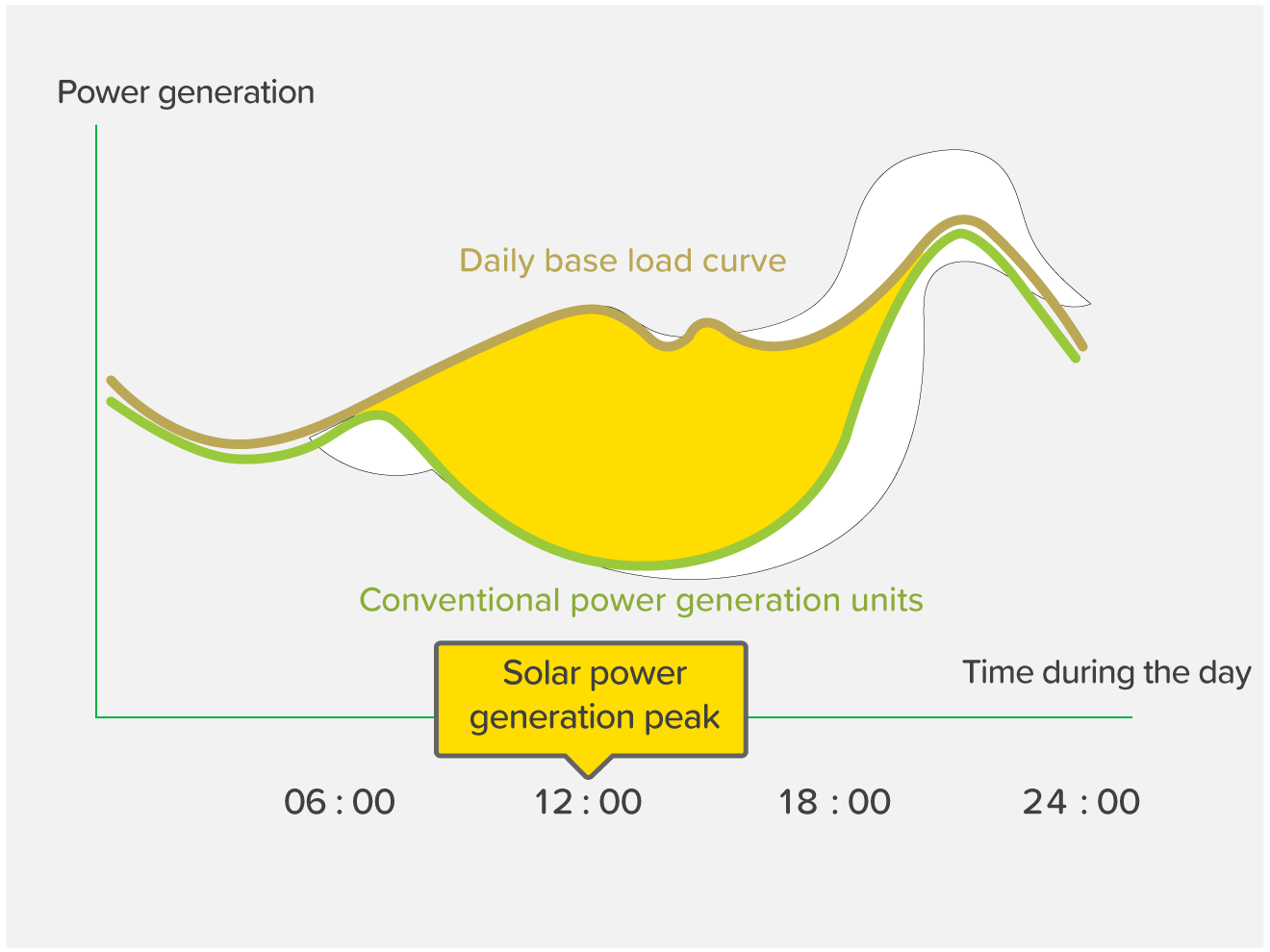
Duck Curve
Exploring the Capacity Ratios of Solar Power Systems and Energy Storage Systems
Below we will discuss about a “hybrid solar system” tender project that has been announced by the Bureau of Energy. In this tender project, bidders have the options of installing energy storage systems to new solar power sites or to existing sites. Currently, the installed capacity of photovoltaic devices is required to be greater than 1.5 times the designed energy storage capacity and the sum of the approved feeder line capacity at the site. New sites are required to install higher capacity photovoltaic devices, while existing sites are required to reduce the capacity of their feeder lines. During the energy storage period, any electricity generated by the solar power site that exceeds the capacity of the feeder line will be stored by the energy storage system and transferred for discharge during night time. As shown in the figure below, the orange and gray areas represent the amount of electricity stored during the day, while the blue area represents the amount of power that can be discharged at night. The closer the sizes of these two areas become, the higher the energy storage utilization rate and thus the greater efficiency. By analyzing the historical power curve graph of the original solar power site, it is possible to determine the optimal ratio between the solar power system and the capacity of the storage system at a solar power site. From the figure below we can see that the original solar power site has a 50MW feeder capacity, a 50MWp photovoltaic device capacity, and energy storage systems with a usable capacity of 10MW and 30MWh, respectively. The ratio of solar power to energy storage capacity is 5:1. On a daily average, 30,000 kilowatt-hours of electricity can be transferred for nighttime discharge. Actual backtesting on multiple solar power sites has revealed that a power ratio between 3:1 and 5:1 for solar power and energy storage systems bring superior efficiency.
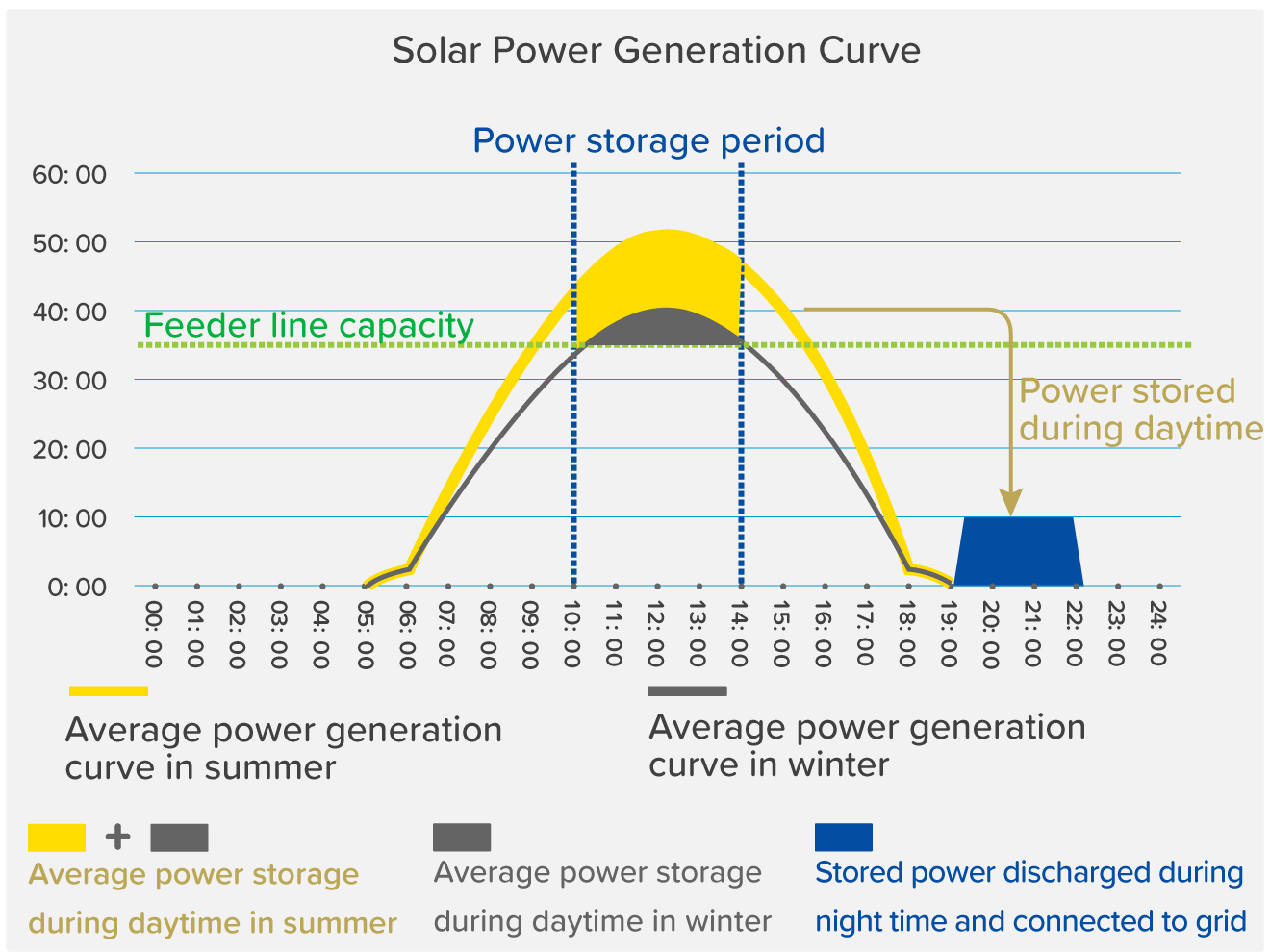
A figure showing solar power transfer process.
ECOVE Establishes Energy Storage Systems to Ensure Stable Power Supply
Developing renewable energy is an important goal for Taiwan to achieve net zero carbon emissions. The temporality, intermittency, and volatility of renewable energy supply can lead to fluctuations in power supply and affect the power grid. Therefore, energy storage systems play a crucial role in stabilizing the power supply and ensuring grid stability. For over 10 years, ECOVE has been an active player in the solar power industry, and in recent years has been actively developing the energy storage business. Its accomplishments include: the installation of a 5MW energy storage system in the Nantou Industrial Park, which was connected to the grid and put into operation in Q3 this year (2023); participation in the regulation reserve and ancillary services of Taipower’s power trading platform. In the “Solar Power Installation Project of the Southern Taiwan Science Park Administration,” the solar power charging and storage system has a three-in-one feature that includes solar power generation, energy storage, and EV charging. Furthermore, it is also connected to the utility power grid to prevent power shortages in poor weather conditions and low sunlight. This ensures that the EV charging demand is always met. With an eye towards the future, ECOVE will continue to invest and innovate in the field of power generation, power conservation, and energy storage. We aim to master the core technology of energy storage systems and combine it with our existing achievements in solar power to devote ourselves to resource cycling and renewable energy. By doing so, ECOVE will set a new model in green energy infrastructure for Taiwan’s large-scale power industry and contribute to a more sustainable global environment.

